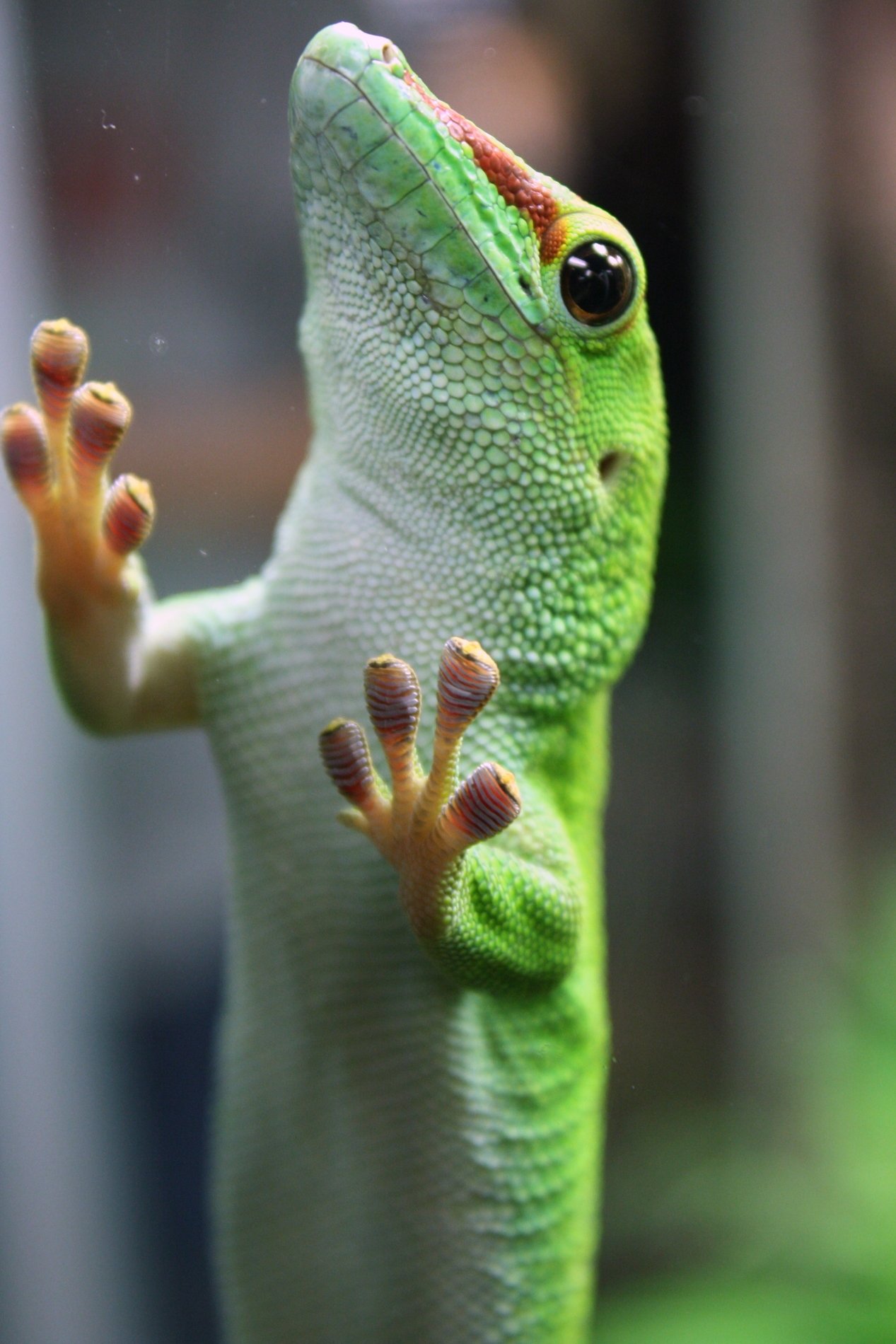
At one point or another, perhaps in a zoo or even in the wild, you have probably seen a gecko running across a vertical pane of glass. Geckos are well known for their ability to scale even the smoothest walls and hang upside down with little effort, giving them an edge when hunting food or escaping predators. But how does the gecko do this? How is it able to not only cling to glass, but run across it at remarkable speeds without falling off (even when it's wet)? What makes their feet so sticky?
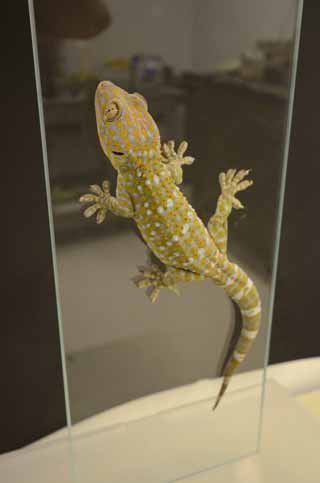
It was originally believed that the feet themselves were just sticky, covered in some sort of secretion that made them adhere to the wall like glue. However, while this could explain their ability to cling to smooth surfaces, the theory fell apart when the gecko moved. If a glue-like substance really held them to the wall, how were they able to pick their feet up so quickly and move across the glass at such speeds? Furthermore, they did not leave any residue in their wake suggesting that some other force was behind their sticky powers. As researchers studied the geckos, they made an startling discovery: the geckos can "turn on/off" their stickyness as needed.
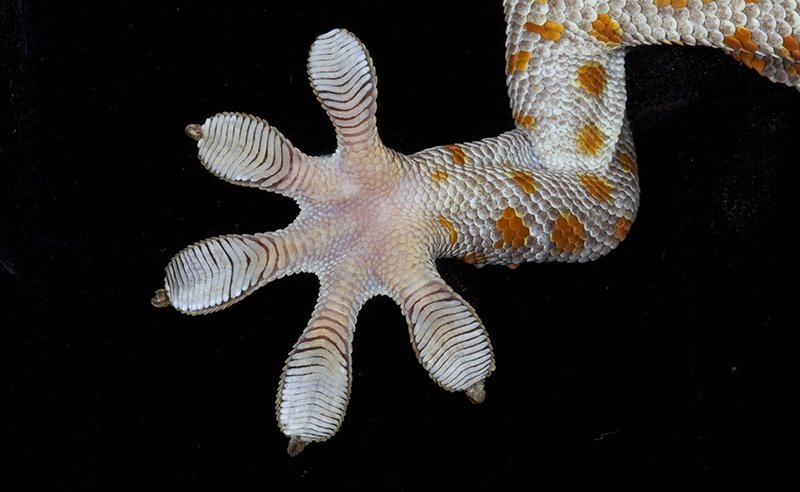
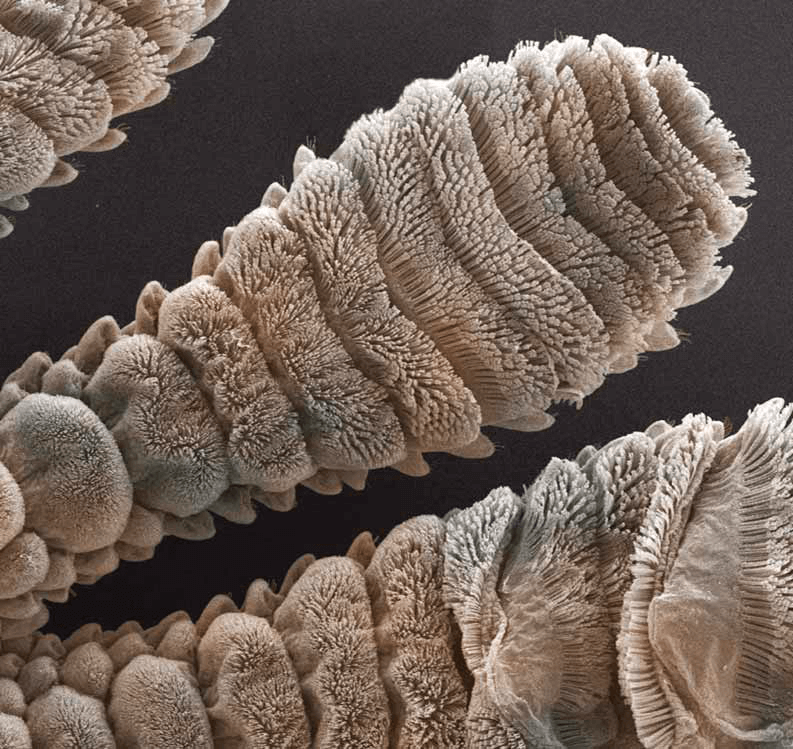
The toe pads are covered in thousands of microscopic hairs that we call setae; each individual seta splits off into hundreds more smaller bristles called spatulae. So how do hairs make a gecko sticky? These microscopic hairs fit so well into the contours of walls and surfaces that the van der Waals force comes into play. This force is a physical bond that occurs when the electrons in the gecko's toe molecules interact with electrons from the wall molecules. In effect, the gecko is clinging to the wall using electromagnetism.
"A gecko by definition is not sticky — he has to do something to make himself sticky. It's this incredible synergy of the flexibility, angle and extensibility of the hairs that makes it possible." -Alex Greaney, a professor of engineering at Oregon State University in Corvallis Source
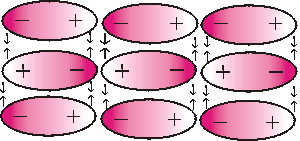
Now researchers have discovered how a balance of forces acting on the gecko and the angle of its toe hairs contribute to the creature's sticking success. The system makes it possible for geckos to stick and unstick their feet so quickly that they can scurry across surfaces at 20 body lengths per second. Source
The hairs don't stand at a 90 degrees angle, but rather branch off at oblique angles; the setae are ultraflexible and how they bend determines the attraction to the surface. If the hairs bend at an angle closer to that of the surface, the surface area that the toe can stick to increases, allowing the foot to hold more weight. The flexibility of these hairs also allows the gecko to absorb and redirect large amounts of force. If a gecko must jump to a different surface, perhaps to escape a predator, the setae redirect that energy so the gecko can keep moving.
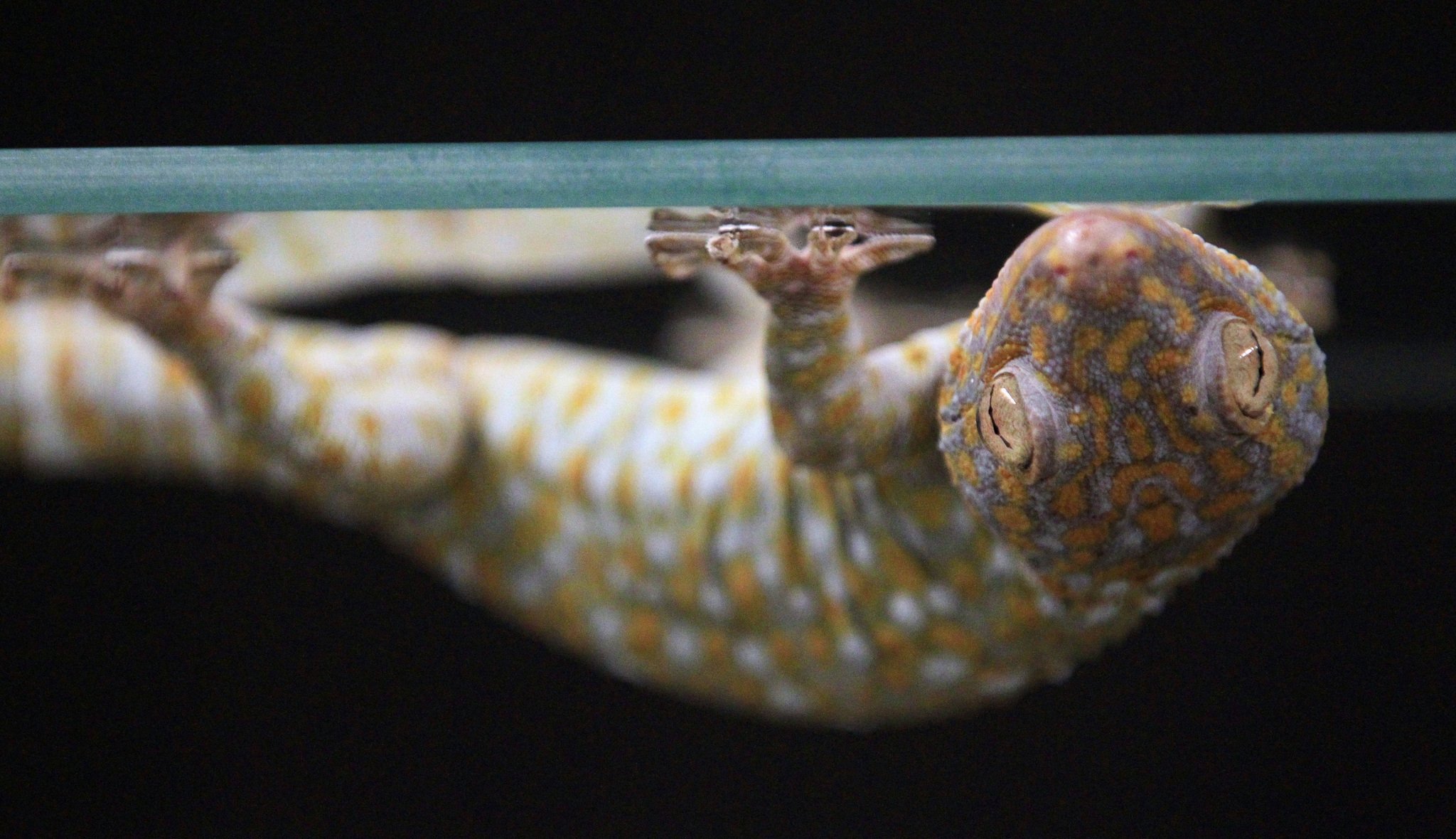
So can we apply this to humans? The answer is yes, though we still have a ways to go to fully develop this technology. Scientists have been working for the better part of a decade to create "gecko gloves" that would allow soldiers to move over obstacles with ease. Though many groups are getting closer (with some prototypes that work reasonably well), the dream of having your own gecko pads is still a ways off. However, as we study the geckos and their ability to distribute these forces, we will surely edge closer to a working design.
Video Link: 1
Article Link: http://www.livescience.com/47307-how-geckos-stick-and-unstick-feet.html

